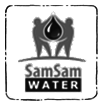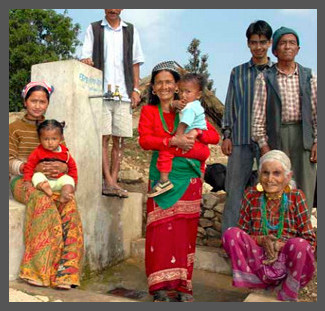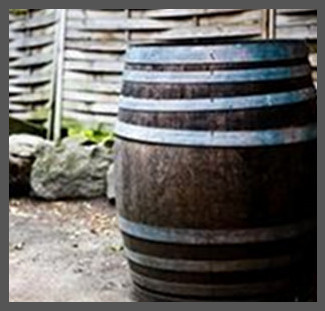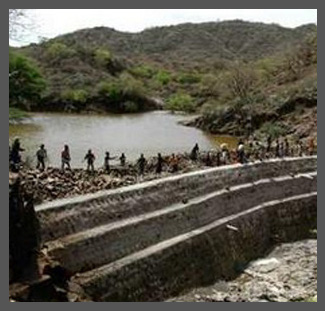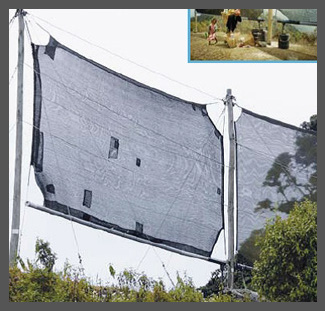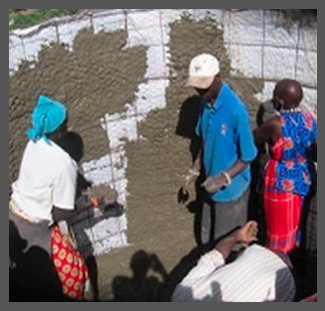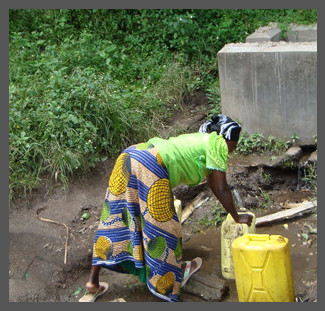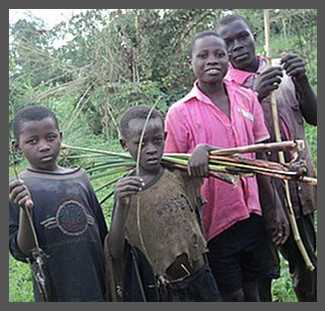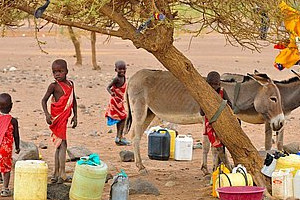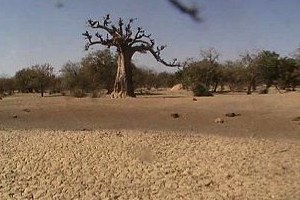Difference between revisions of "Water Portal / Rainwater Harvesting"
(→Field experiences) |
(→Field experiences) |
||
| Line 138: | Line 138: | ||
|'''Akvo RSR Project:''' [http://wandelenvoorwater2014.akvoapp.org/en/project/427/ Scale up of Sustainable Water Access] | |'''Akvo RSR Project:''' [http://wandelenvoorwater2014.akvoapp.org/en/project/427/ Scale up of Sustainable Water Access] | ||
This project targets to scale up water access in Namanga, Central and Mashuru which together form Kajiado Central and Mashuru Districts. It is envisaged to use the momentum of the foregoing projects and of new multi-stakeholder initiatives in the area for achieving sustainable water access in the proposed collaboration between WML, Aqua for All and AMREF. | This project targets to scale up water access in Namanga, Central and Mashuru which together form Kajiado Central and Mashuru Districts. It is envisaged to use the momentum of the foregoing projects and of new multi-stakeholder initiatives in the area for achieving sustainable water access in the proposed collaboration between WML, Aqua for All and AMREF. | ||
| + | |} | ||
| + | |||
| + | |||
| + | {| style="width: 70%; text-align: justify; background-color: #f5f5f5;" | ||
| + | |[[Image:rsr 446.jpg|thumb|none|200px|<font size="2"><center>Project 446</center></font>|link=http://rsr.akvo.org/project/446/]] | ||
| + | |'''Akvo RSR Project:''' [http://rsr.akvo.org/project/446/ Etude technique d’avant-projet] | ||
| + | The overall objective of the study is to promote the optimal use of rainwater as a tool in integrated management of water resources for more equitable access to water and improved living conditions. Specifically, the study aims to select the most suitable sites for the facilities of rainwater catchments, with a view to contributing to improving the food security of women and children through improved access to water and the development of agricultural and pastoral sectors conducive to women. | ||
|} | |} | ||
Revision as of 20:39, 19 October 2013
Rainwater harvesting is a technique of collection and storage of rainwater into natural reservoirs or tanks, or the infiltration of surface water into subsurface aquifers (before it is lost as surface runoff). One method of rainwater harvesting is rooftop harvesting. With rooftop harvesting, most any surface — tiles, metal sheets, plastics, but not grass or palm leaf — can be used to intercept the flow of rainwater and provide a household with high-quality drinking water and year-round storage. Other uses include water for gardens, livestock, and irrigation, etc.
The reasons for using rainwater harvesting systems answer three questions:
What: Rainwater harvesting will improve water supply, food production, and ultimately food security.
Who: Water insecure households or individuals in rural areas will benefit the most from rainwater harvesting systems.
How: Since rainwater harvesting leads to water supply which leads to food security, this will greatly contribute to income generation.
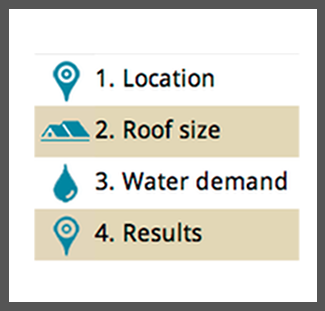
| ||||
Retention & Reuse) |
Micro-financing |
|||
3R and MUS |
Clearwater Revival |
||||
Field experiences
These projects are utilizing rainwater harvesting techniques and are part of the project listing in Really Simple Reporting (RSR) on Akvo.org.
| Akvo RSR Project: WaSH program in Rural Bangladesh
Considering the unhealthy and unhygenic environment in rural school and community in southern part of Bangladesh, PSTC will initiate WaSH for schools and communities. lt ensures drinking water and sanitation both in school and community by installing hardware in selected school and areas. In addition, hygiene promotion is done through group meeting/courtyard meeting in school and community. |
| Akvo RSR Project: Scale up of Sustainable Water Access
This project targets to scale up water access in Namanga, Central and Mashuru which together form Kajiado Central and Mashuru Districts. It is envisaged to use the momentum of the foregoing projects and of new multi-stakeholder initiatives in the area for achieving sustainable water access in the proposed collaboration between WML, Aqua for All and AMREF. |
| Akvo RSR Project: Etude technique d’avant-projet
The overall objective of the study is to promote the optimal use of rainwater as a tool in integrated management of water resources for more equitable access to water and improved living conditions. Specifically, the study aims to select the most suitable sites for the facilities of rainwater catchments, with a view to contributing to improving the food security of women and children through improved access to water and the development of agricultural and pastoral sectors conducive to women. |
Acknowledgements
Many of the tools, technologies, and projects on this page are courtesy of the Rainwater Harvesting Implementation Network.
RAIN is an international network with the aim to increase access to water for vulnerable sections of society in developing countries - women and children in particular - by collecting and storing rainwater.
Started in December 2003, RAIN focuses on field implementation of small-scale rainwater harvesting projects, capacity building of local organisations and knowledge exchange on rainwater harvesting on a global scale.

